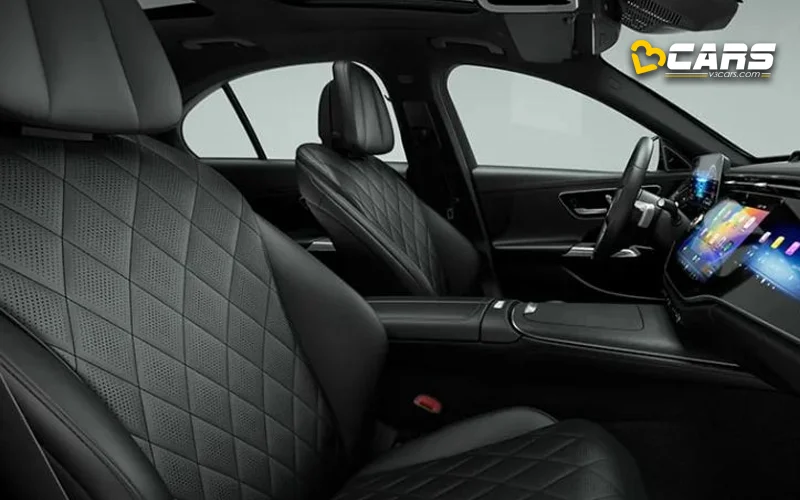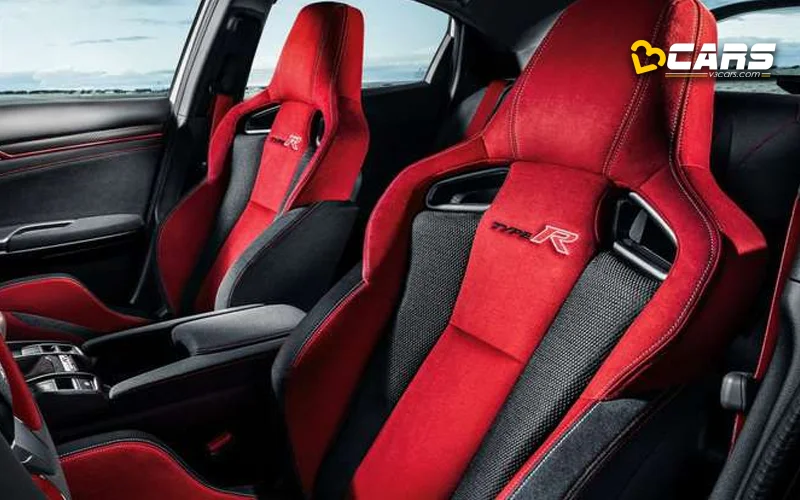Seat Upholstery In Cars – Feature Explained
Step inside a car and one of the first things you interact with is the seat upholstery. It affects not only comfort but also the look, durability, and maintenance of your vehicle. From the entry-level hatchback to the premium SUV, upholstery choices vary widely. Let’s take a closer look at the different types of car seat upholstery available in India, their pros and cons, and which might suit your needs best.

What Is Car Seat Upholstery?
Seat upholstery refers to the outer material that covers your car seats. It can be fabric, synthetic leather (commonly called leatherette), genuine leather, or even premium options like Alcantara. Each material has its own advantages, drawbacks, and maintenance requirements.
Types Of Car Seat Upholstery
1. Fabric Upholstery

Most affordable cars and many mid-segment models use fabric seat covers. These are usually made of polyester or nylon blends.
Pros:
- Cost-effective and widely available.
- Breathable and comfortable in hot climates.
- Less prone to temperature extremes (doesn’t get too hot in summer or cold in winter.
Cons:
- Absorbs spills and stains easily.
- Can be harder to clean compared to leatherette.
- May wear out faster with heavy use.
2. Leatherette Upholstery (PU or Synthetic Leather)

Leatherette is an artificial material designed to mimic leather, commonly found in mid-range and premium cars.
Pros:
- Offers a premium look and feel at a lower cost than genuine leather.
- Easier to clean; liquids usually wipe off without stains.
- More resistant to wear and tear than fabric.
Cons:
- Can get hot in summers and cold in winters.
- Less breathable than fabric, so may feel sweaty on long drives.
- Not as luxurious or durable as real leather.
3. Genuine Leather Upholstery

Typically found in high-end cars and luxury models.
Pros:
- Premium, luxurious look and feel.
- Durable and long-lasting with proper care.
- Adds resale value to the car.
Cons:
- Very expensive compared to other options.
- Requires regular conditioning to prevent cracks.
- Gets uncomfortably hot or cold with temperature changes.
4. Alcantara / Suede Upholstery

Alcantara is a premium synthetic material resembling suede, used in sports cars and some luxury models.
Pros:
- Soft, sporty, and luxurious feel.
- Provides excellent grip (popular in performance cars).
Cons:
- Very expensive.
- High maintenance; can stain and wear quickly.
Maintenance Tips For Seat Upholstery
- Fabric: Use a vacuum cleaner and mild fabric cleaner; clean spills immediately.
- Leatherette: Wipe with a damp cloth and mild soap; avoid strong solvents.
- Leather: Clean with leather shampoo/conditioner; avoid exposure to direct sunlight for long periods.
- Alcantara: Use a soft brush and dedicated Alcantara cleaner to avoid damage.
Can You Upgrade Your Car’s Upholstery Aftermarket?
Yes. Many owners opt for aftermarket seat covers to change the look and feel of their car interiors. However, it’s important to:
- Choose high-quality materials for durability.
- Get installation done professionally to avoid loose fitting or damage.
- Ensure seat covers don’t interfere with side airbag deployment in cars that offer them.
Pros & Cons Of Each Seat Upholstery Type
Here are the advantages and disadvantages of each type of seat upholstery in cars:
|
|
||
|
|
|
|
|
|
|
|
|
|
|
|
|
|
|
|
|
|
|
|
Conclusion
Seat upholstery is more than just a cosmetic choice, it affects your comfort, maintenance costs, and overall car ownership experience. For budget buyers, fabric is still the most practical option. Leatherette offers a good balance of looks and price, while genuine leather and Alcantara remain luxury choices for those willing to spend more.
Also Read: Hill Start Assist Or Hill Hold Control – Feature Explained
Helpful Links:
Fuel Cost Calculator for Cars – Know your monthly fuel expense based on usage and mileage
Car On-Road Price Calculator – Convert ex-showroom to on-road price for any city
Sell Used Car Online – Enter your car and contact details to get an instant price estimate and book a free inspection with our partner network


0 Comments